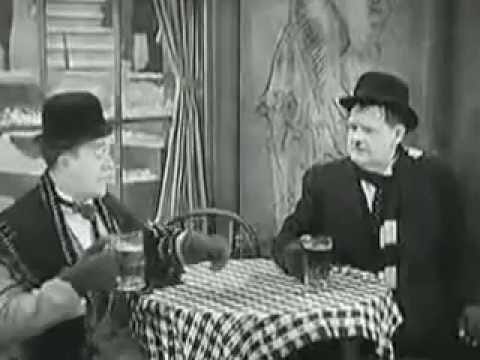Technology: Marvels Thereof: Long Distance Telephony
“Mrs. Geiger, may I speak to Mrs. Stolz?”
“Oh, yes. Yes. I’ll get her. It will just take a minute — no, not even a minute — a second. Do you want to hang up and call back?”
“No, I’ll wait if you can get her right away.”
“I can. I will. Just wait.” There was a pause. “Don’t get upset, now. Don’t hang up.”
“I — won’t,” said Lorna. “Don’t worry. I’ll wait.”
Mrs. Stolz’s daughter put her hand over the mouthpiece of the phone and called out, “Mother! Motherrrr! Hurry, it’s long distance. … You have to say something — it’s long distance.”Herb ’n’ Lorna, Chapter 15
Dramatization of an operator-assisted long distance call
In the radio series Dragnet, Sgt. Joe Friday (Jack Webb) places an operator assisted person-to-person long-distance call to a number reached via a manual switchboard in Fountain Green, Utah, a town of several hundred people served by an independent telephone company. In the call, Friday calls a long-distance operator in Los Angeles and gives the name and number of the called party. The operator then calls a rate-and-route operator, who responds that the call should be routed through Salt Lake City and Mount Pleasant, Utah, and that the rate-step for the call is 140. The long-distance operator would mark her ticket with that rate-step, and could use it to quote the rate from her rate table, in terms of the first three minutes and each additional minute, if the caller requested the toll. The Los Angeles long-distance operator then plugs into a direct trunk to the Salt Lake City inward operator and asks her for Mount Pleasant; the Salt Lake operator rings Mount Pleasant, where the Los Angeles operator asks for Fountain Green. The Mount Pleasant operator rings Fountain Green, and the Los Angeles operator gives the Fountain Green operator the number and name of the called party in Fountain Green. The Fountain Green operator rings the number, 14R2, a party line where a specific ringing pattern summons the second subscriber on the shared line. A man answers; the Los Angeles operator asks for the called party and states that Los Angeles is calling. This dramatization illustrates the cumbersome, costly, and time-consuming process needed for long-distance calling before direct distance dialing was available.
Wikipedia, “Long-distance calling: Example of manual operator call”
Have you missed an episode or two or several?
You can begin reading at the beginning or you can catch up by visiting the archive or consulting the index to the Topical Guide.
You can listen to the episodes on the Personal History podcast. Begin at the beginning or scroll through the episodes to find what you’ve missed.
You can ensure that you never miss a future issue by getting a free subscription. (You can help support the work by choosing a paid subscription instead.)
At Apple Books you can download free eBooks of “My Mother Takes a Tumble,” “Do Clams Bite?,” “Life on the Bolotomy,” “The Static of the Spheres,” “The Fox and the Clam,” “The Girl with the White Fur Muff,” “Take the Long Way Home,” “Call Me Larry,” and “The Young Tars,” the nine novellas in Little Follies, and Little Follies itself, which will give you all the novellas in one handy package.
You’ll find overviews of the entire work in An Introduction to The Personal History, Adventures, Experiences & Observations of Peter Leroy (a pdf document) and at Encyclopedia.com.




